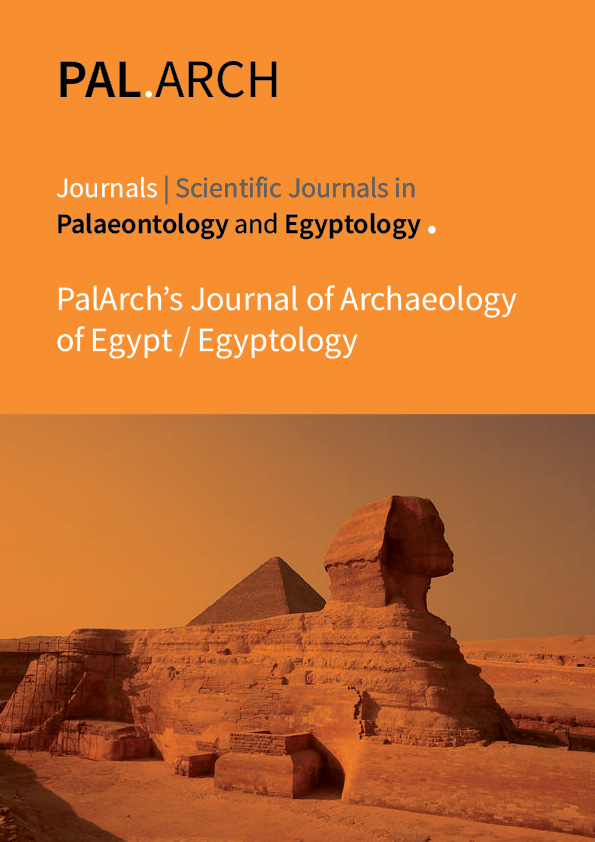Geophysical Investigation Of Groundwater Potential In VIIT, Visakhapatnam, Andhra Pradesh- A Case Study
Abstract
Knowing the ground’s water potential is essential in the recent scenario of excessive
usage of water resources due to rapid population increase. In this work a geophysical survey
involving electrical resistivity methods has been carried out at Vignan’s Institute Of Information
Technology, Visakhapatnam to determine the soil profile and groundwater levels considering
four points in the study area. The Schlumberger configuration method was used for data
acquisition. The half currents electrode (2) used range from 1 to 100m. The depth sounding
interpretation results were used to generate geo-electric sections from which the aquifer was
delineated. The geo-electric section drawn from the results of the interpretation shows four
subsurface layers which comprise topsoil, clayey soil, fractured rock, and hard rock. The
fractured layers are constituted in all the locations referring aquifer availability in the area.
Hence, from this investigation, it is recommended that boreholes can be sited in high
conductivity zones in Vertical Electrical Sounding (VES) 1, 2, 3 and 4 as they contain probable
aquifers. The depth of any borehole should be located between 19.9m and 33.7m to take
advantage of the basement fractures.



